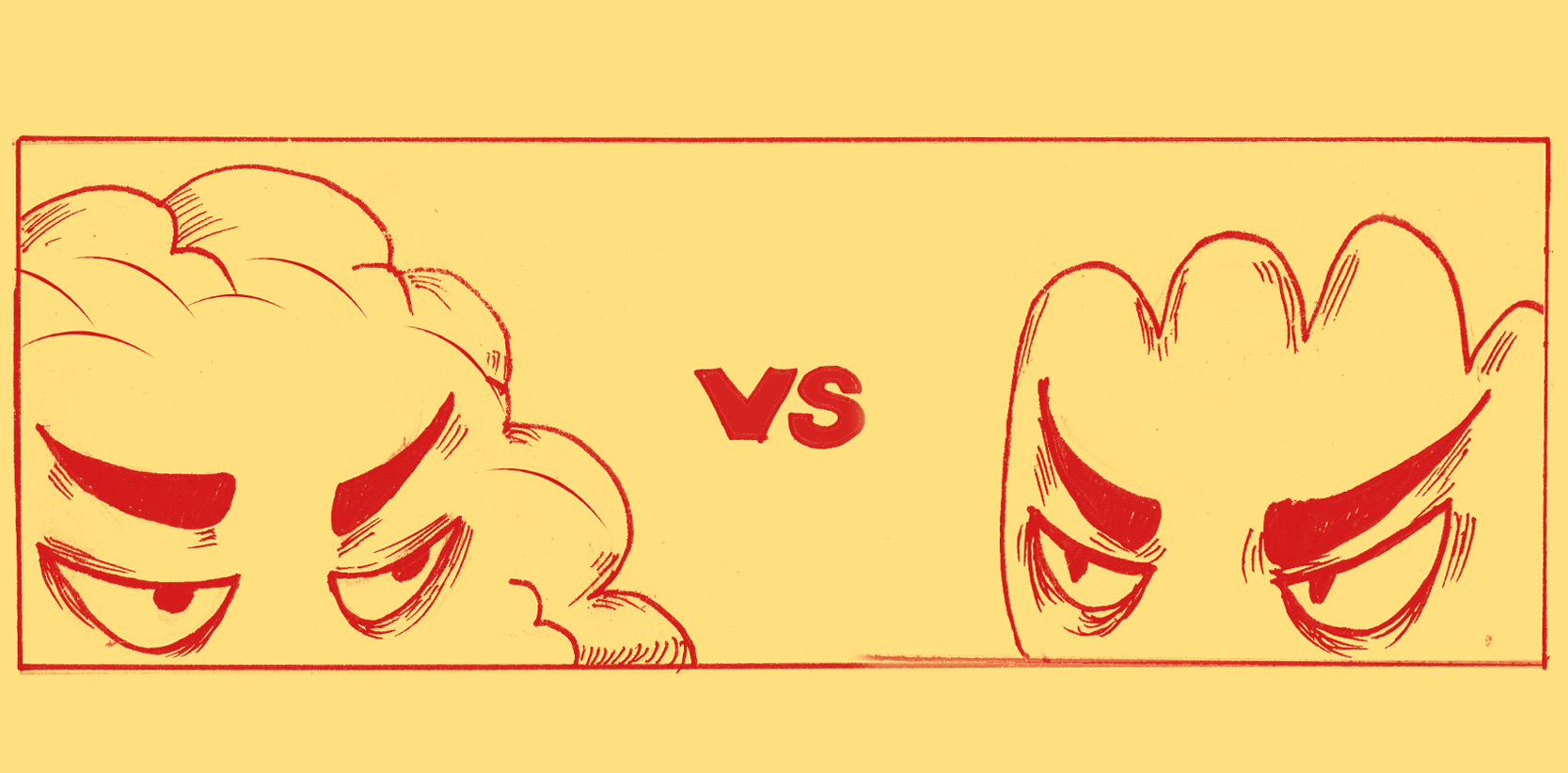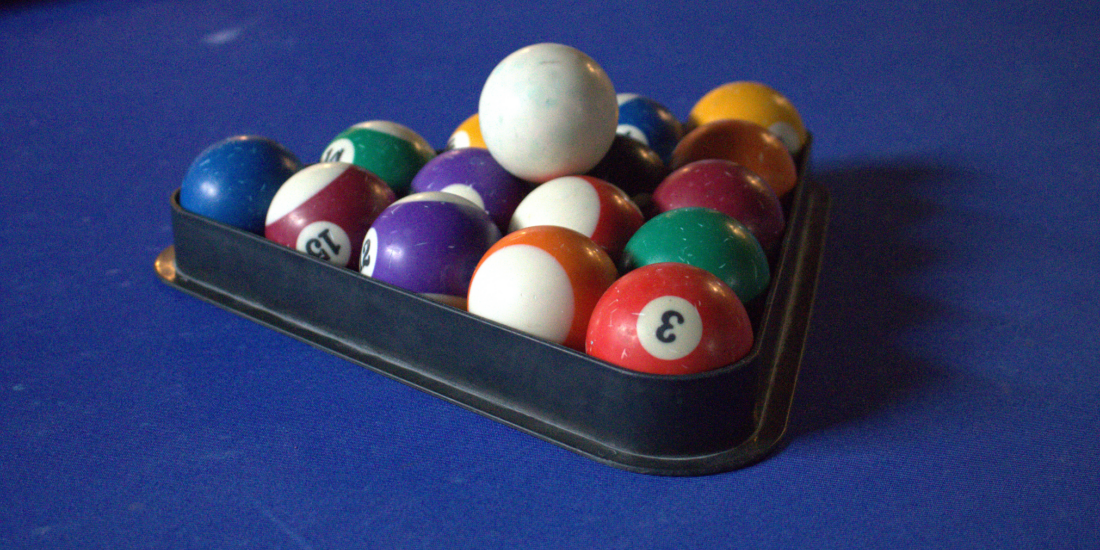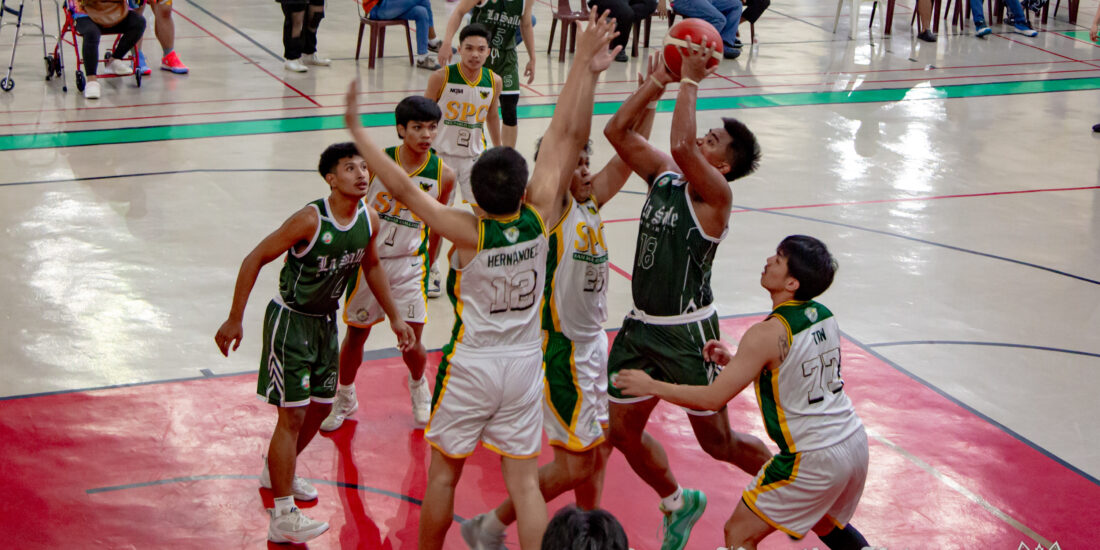Brain vs. brawn
A bunch of humans consider that athletes are only ahead of us when it comes to brute force and ab-tastic physique. But beside their well-trained body, scientists have proven that sportsmen also work between the ears in order to perform well. So get rid of those stereotypical conceptions and get ready to dissect the athlete’s brain.
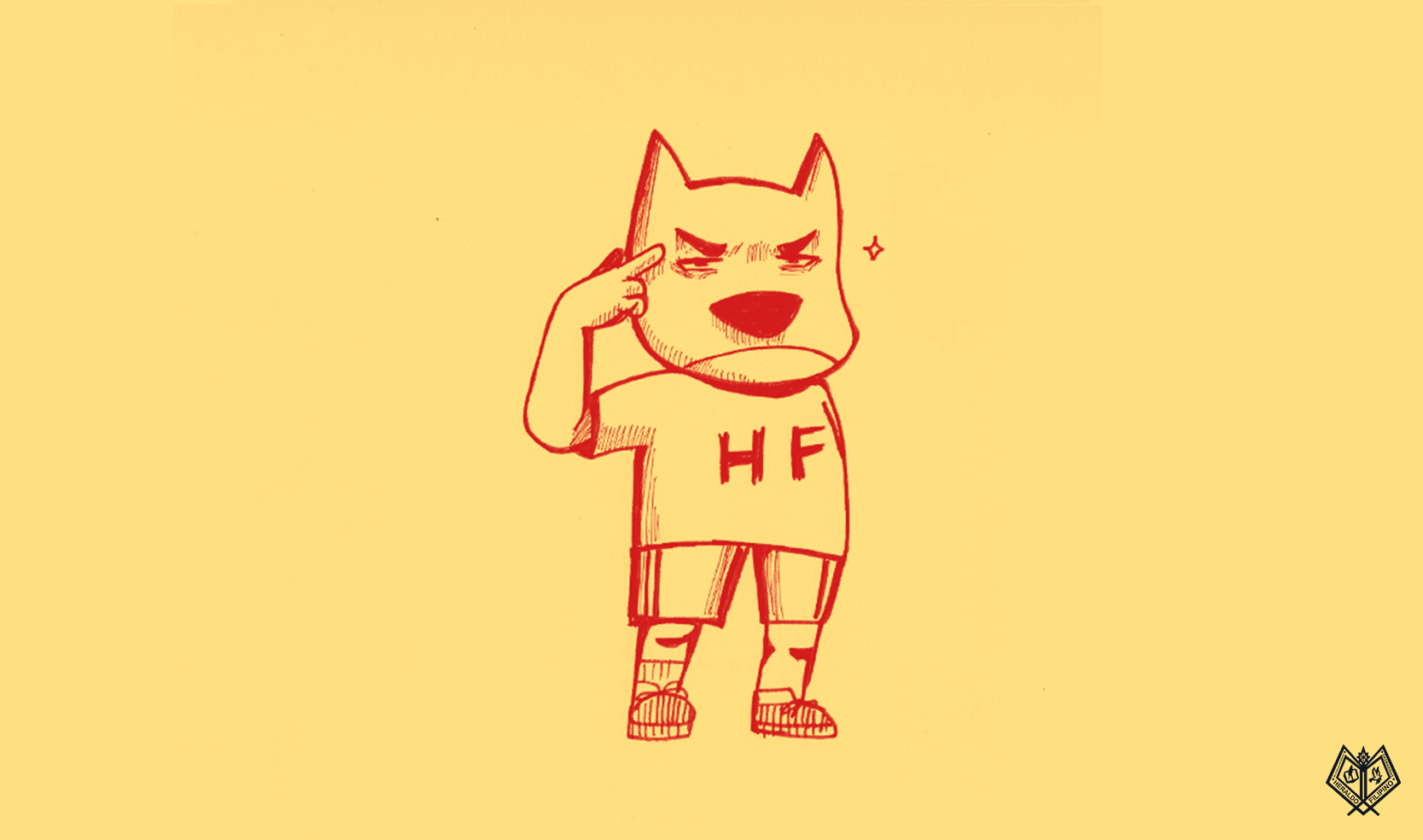
Controlling chunks
During a game, the frontal lobe contributes in the athlete’s dynamism, game planning, and strategical thinking in order to win effortlessly. Based on the article Why athletes are geniuses? from Discover magazine, neuroscientists consider that jocks are wiser than an average person because they are trained to decide as quickly as possible, working out the brain’s capacity to operate fully.
Meanwhile, the occipital lobe is located at the rear part of the brain and its main purpose is to receive messages from the eyes. Visual perception is significant in performing a sport for it will recognize the accurate technicalities in the game and observe the whole match. Blame and thank this lobe because it is also responsible for the nightmares and sweet dreams we visualize when sleeping.
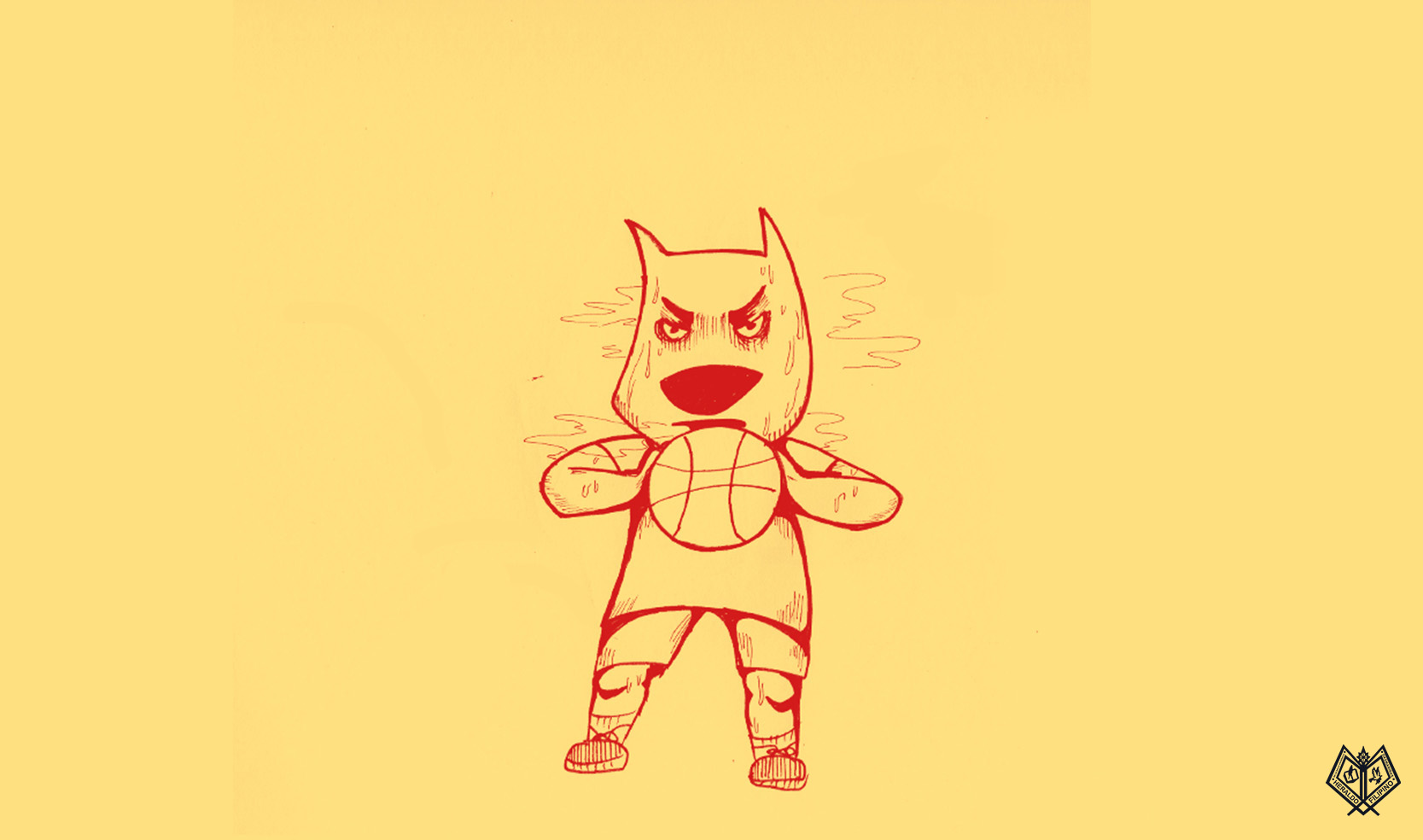
Tingly affliction
Found at the rear topmost part of the head, the parietal lobe is in charge of temperature perception and thermal regulation. It operates when the body overheats like a machine while it burns calories in the body. Athletes tend to heat up frequently because of their engagement in vigorous activities—that’s when the parietal lobe kicks in and acts as the heat regulator in the body.
Not only is the temporal lobe liable for a cager’s anger every time a foul is gestured but it’s also the culprit for the butterflies in your stomach. Found behind the ears, the temporal lobe consists of auditory receptors that store not only auditory but also visual memories. Like what Lucy Whitmore had in the 50 First Dates movie, you can acquire amnesia or short-term memory when this sector is damaged.
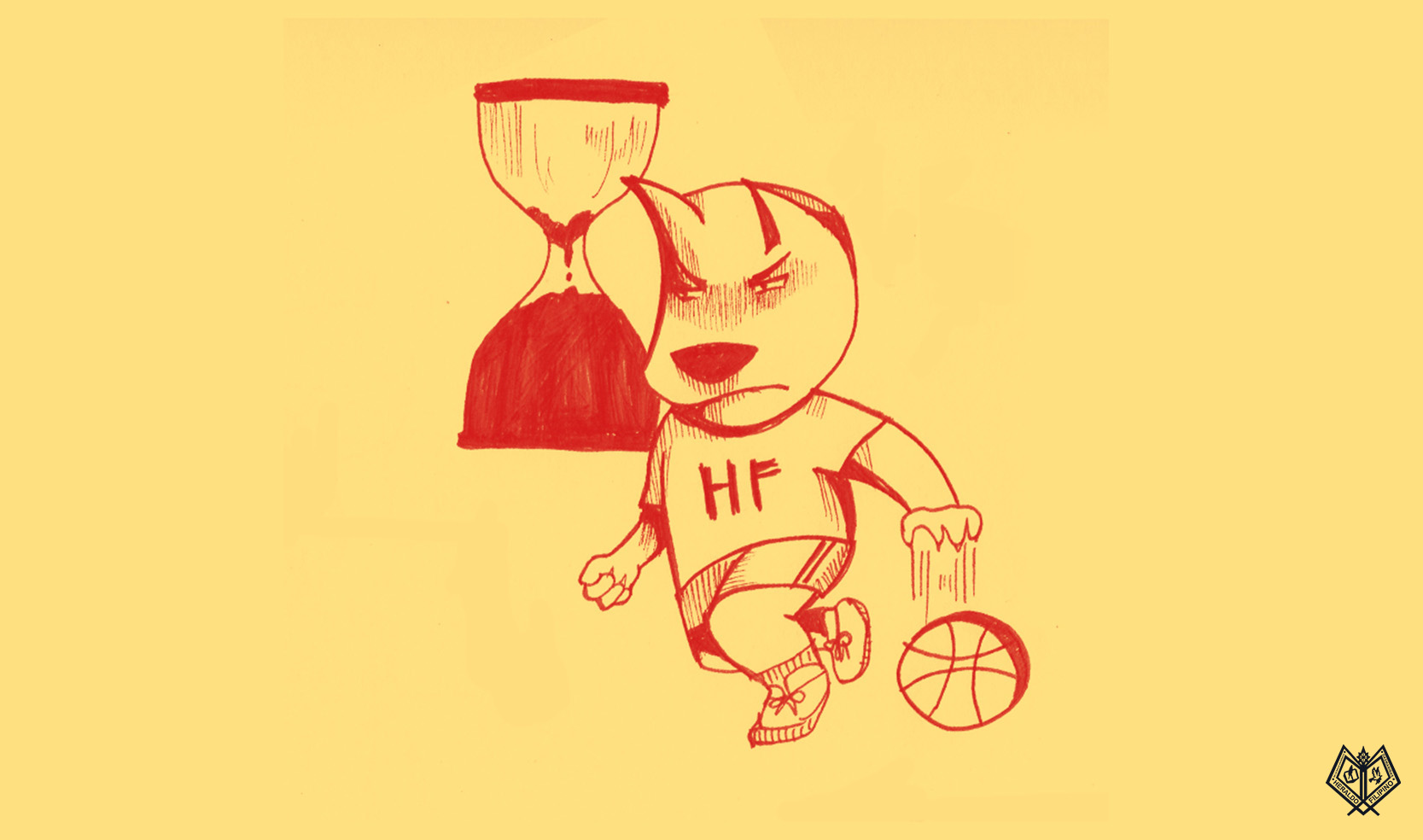
Cortex alley and motility
Before babies learn to walk, the cerebellum is responsible for storing up information for muscles to move. Located below the occipital lobe and attached to the brain stem, the cerebellum is described as the mini brain reinforcing the muscular activities of the physical body. Almost useless for a couch potato, the cerebellum is the storage of muscle memory, a characteristic where an individual can recall repetitive movements that can be expressed in the game. For example, southpaw-boxer Manny Pacquiao usually exhibits force in his left arm while displaying a specific stance in every match because of his muscle memory.
Accountable for cardiac and respiratory duty, the posterior part of the brain consists of the midbrain, pons, and medulla oblongata. These sectors are in-charge of the heart rate, breathing, and the involuntary functions of the body that is also responsible for endurance and stamina.
***
While sportspeople are endowed with might, the brain rules behind every victory they’ve obtained. Sportspeople aren’t just able-bodied, they’re also strategical and certainly working between the ears. Like how David defeated Goliath, the brain more often than not overpowers brawn.
Art by Lynoelle Kyle Arayata


